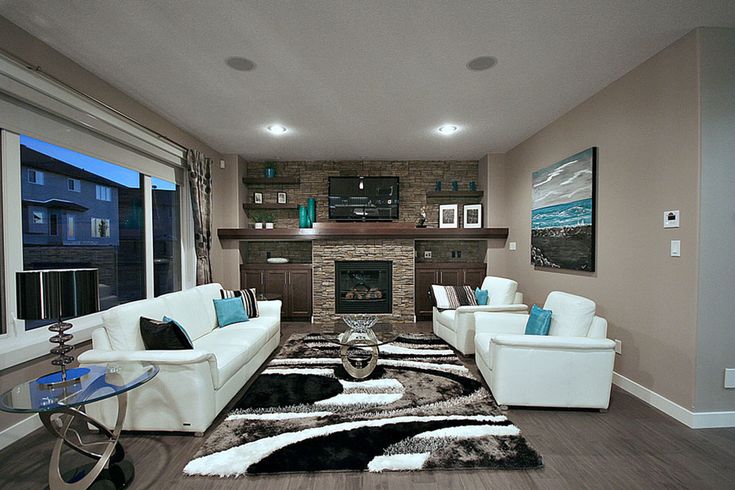
Introduction to Lighting a Room with No Overhead Lighting
When a room lacks overhead lighting, it can present challenges in terms of both functionality and aesthetics. Adequate lighting is essential for creating a welcoming and functional space, influencing mood, productivity, and overall ambiance. In rooms without overhead lighting, finding creative solutions to illuminate the space effectively becomes imperative.
Strategizing Light Sources
In the absence of overhead lighting, strategic placement of different light sources is key to achieving balanced illumination throughout the room.
Natural Lighting
Maximizing natural light is the first step in lighting a room without overhead fixtures. Positioning furniture to allow maximum daylight exposure and utilizing windows and skylights can significantly brighten the space and reduce the need for artificial lighting during daylight hours.
Task Lighting
Task lighting serves a specific purpose in providing focused illumination for activities such as reading, cooking, or working. Choosing appropriate fixtures such as desk lamps or under-cabinet lights and placing them strategically near task areas ensures optimal visibility and functionality.
Ambient Lighting
Ambient lighting creates a warm and inviting atmosphere in the room, filling in the gaps where natural and task lighting may not reach. Incorporating floor lamps, table lamps, and other indirect lighting fixtures helps distribute light evenly and enhances the overall ambiance of the space.
Choosing the Right Fixtures
Selecting the right fixtures is crucial for achieving effective and aesthetically pleasing illumination in rooms without overhead lighting.
Floor Lamps
Floor lamps provide versatile lighting solutions for rooms without overhead fixtures. Their tall stature and adjustable arms make them suitable for illuminating larger areas or specific task zones, depending on the design and placement.
Table Lamps
Table lamps are ideal for accentuating specific areas or providing localized illumination in rooms without overhead lighting. Placing table lamps on side tables, nightstands, or shelves adds warmth and character to the space while serving functional lighting needs.
Wall Sconces
Wall sconces offer a space-saving lighting solution for rooms without overhead fixtures. Mounted directly on the wall, they provide focused illumination and can enhance the ambiance and décor of the room with their diverse designs and styles.
Enhancing Lighting Design
Enhancing lighting design involves layering different light sources, utilizing mirrors, and incorporating dimmers to create a dynamic and visually appealing environment.
Layering Light
Layering light involves combining various light sources such as ambient, task, and accent lighting to create depth and dimension in the room. This technique allows for flexibility in adjusting the overall brightness and ambiance according to specific needs and preferences.
Utilizing Mirrors
Mirrors play a dual role in lighting design, not only reflecting light to amplify brightness but also creating an illusion of space and openness. Placing mirrors strategically opposite windows or light sources maximizes their reflective properties and enhances the overall brightness and perceived size of the room.
Incorporating Dimmers
Dimmer switches offer flexibility in adjusting the intensity of light to suit different activities and moods. By installing dimmers on lighting fixtures or switches, homeowners can easily control the level of illumination and create desired ambiance, whether it’s for task-oriented activities or relaxation.




